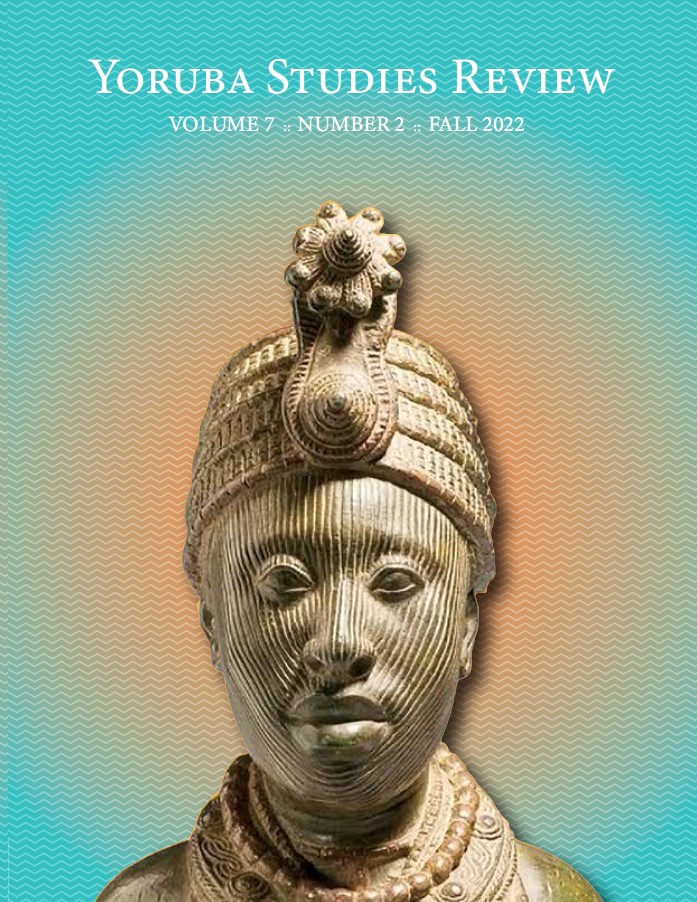Abstract
This paper seeks to analyze how Yorùbá religion and culture proliferated so widely throughout the Americas, though Yorùbá peoples comprised so little of the total percent of slaves imported to Trinidad, Brazil, and Cuba. Orisha worship managed to eclipse the religious practices of a more populous and well-established group like the West Central Africans. This essay argues that the highly organized and urbanized socio-religious structure of the Yorùbá Orisha lent itself to transportability. Thus, the Yorùbá system was reconstructed in the New World than some of its more localized counterparts in the Bight of Benin and Biafra regions, specifically the Kangas of modern Liberia, whose religious practices are more localized. The essay provides an overview of the Yorùbá socio-religious structure as it was practiced in Yorùbáland in the mid to late 19th Century, as well as the parallel structures in Trinidad, Brazil, and especially Cuba. The best documented region to establish how the socio-religious structures are replicated after Yorùbá people were dispersed into the Americas during the Trans-Atlantic Slave Trade. The Yorùbá pantheon is boundless; this paper will explore the transportability of the orisha through three of the representative deities that arrived in the New World: Ogun, Shango, and Oshun.

This work is licensed under a Creative Commons Attribution-NonCommercial 4.0 International License.
Copyright (c) 2023 Sheneese Thompson
